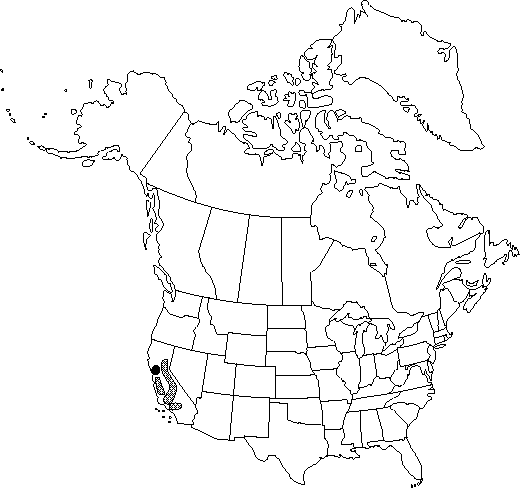Enemion occidentale
Bull. Misc. Inform. Kew 1920: 160. 1920.
Common names: Western rue-anemone
EndemicSelected by author to be illustrated
Basionym: Isopyrum occidentale Hooker & Arnott
Treatment appears in FNA Volume 3.
Revision as of 13:37, 27 July 2019 by FNA>Volume Importer
Stems 10-40 cm, cespitose, not rhizomatous; roots tuberous. Leaves abaxially glabrous; leaflets irregularly 2-3-lobed, lobes often with 1-3 secondary lobes; apex rounded, glandular-apiculate. Inflorescences axillary, flowers solitary or loosely grouped in 2-3-flowered leafy cymes; peduncle not strongly clavate. Flowers: sepals (5-)7-11.5 × 2.8-7 mm; stamens 20-40; filaments filiform to club-shaped, 2.2-6 mm. Follicles sessile, upright to widely divergent; body oblong, (7.7-)8.5-11.5 mm, abruptly contracted into style beak; beak 0.8-1.7 mm. Seeds 1.5-2 mm, glabrous.
Phenology: Flowering early spring.
Habitat: Shaded places, oak woodland, chaparral, and coniferous and deciduous woods
Elevation: 200-1500 m
Discussion
Enemion occidentale is endemic to California where it is infrequent and local (P. A. Munz 1959).
Selected References
None.
Lower Taxa
None.

